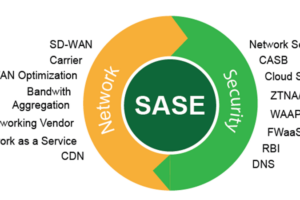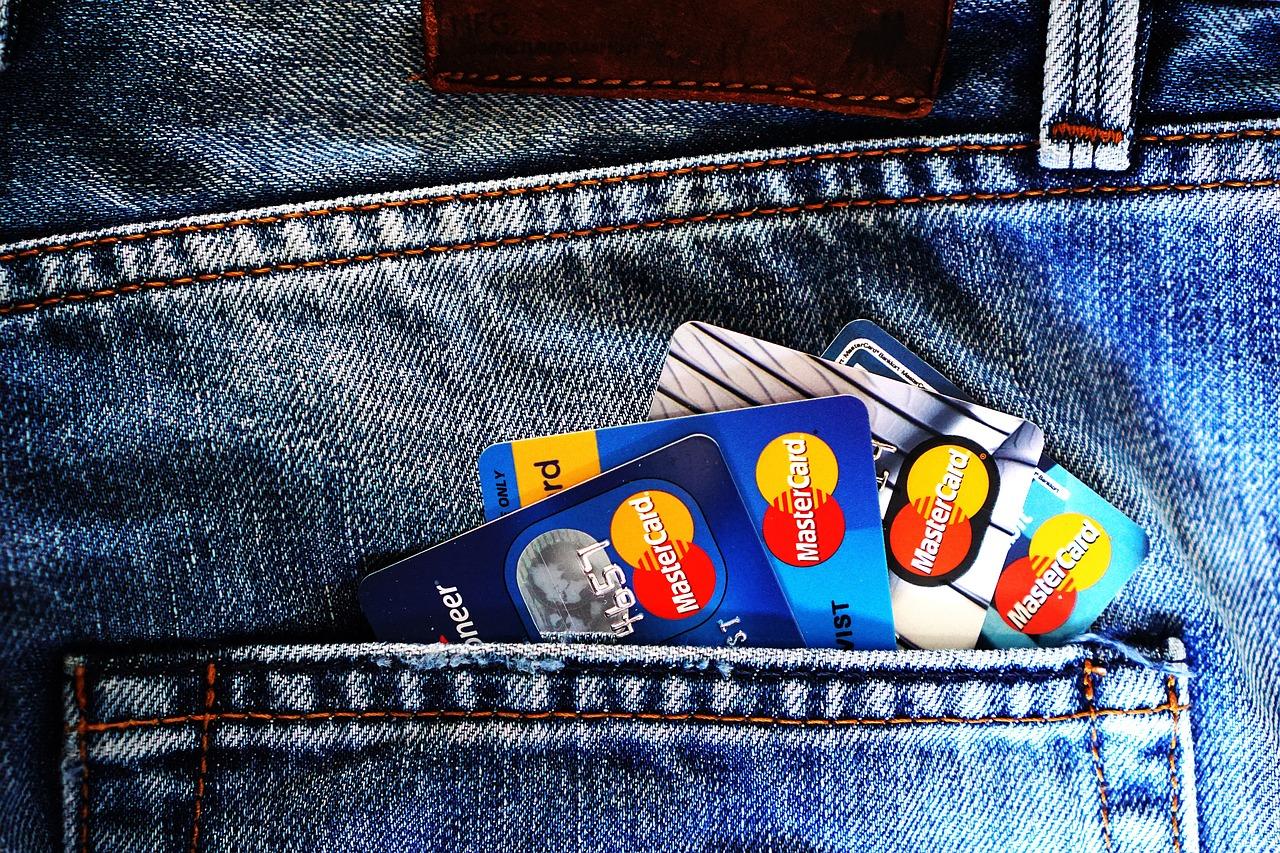In an era where every transaction and business operation is steadily migrating towards digital platforms, safeguarding sensitive information, particularly credit card details, has emerged as a paramount concern. The ubiquity of online transactions has brought forth an array of opportunities for malicious entities to exploit any potential weakness in digital financial transactions. This article delves into helpful tips and strategies to ensure that credit card information remains in an impervious fortress, insulating it from the myriad of digital threats that can affect the online world.
So Here Are Those Tips That Can Keep Your Information Safer Than What It Might Currently Be –
Tip 1: Employ Robust and Unique Passwords
A password acts as the initial and fundamental line of defence against unauthorised access to personal and financial data, including credit card details. Therefore, embracing a mindset that prioritises the creation of strong, unassailable passwords is not only recommended but vital. The power of complexity in a password cannot be overstated; it reduces the effect of attacks that hackers deploy in their quest to infiltrate accounts. Utilising a judicious mix of alphabets (both upper and lower case), numerals, and special characters significantly enhances the robustness of a password.
However, maintaining an arsenal of complex passwords for different accounts can be tough. Here, password management tools step in, providing a secure vault for all passwords and ensuring that the user needs to remember only one master password. These tools often integrate password generators that craft hard-to-crack passwords, thereby improving security.
Tip 2: Enable Two-factor Authentication
Creating a formidable first line of defence against unauthorised access revolves significantly around employing Two-Factor Authentication (2FA). This digital security strategy ensures that users undergo a two-step verification process before gaining access to their accounts, hence the name. Typically, this involves inputting a password and subsequently validating identity through a secondary device, usually a mobile phone, via SMS codes or authentication apps.
Notably, 2FA enhances the security of accounts holding sensitive information, such as credit card details, by posing an additional barrier even if the initial password gets compromised. Various platforms and financial institutions offer guides on activating 2FA, and embracing this additional layer of security is crucial in safeguarding digital assets and personal information.
Tip 3: Be Wary of Phishing Scams
One of the prevalent and insidious threats that lurk in the digital space is phishing scams. These often disguise themselves as legitimate communications from trusted entities, aiming to deceive individuals into divulging sensitive information, like credit card details. Recognising the hallmarks of phishing – such as unexpected emails, implausible requests for personal information, and anomalies in email addresses – becomes crucial in safeguarding information.
When suspicious communication surfaces, individuals must exercise caution by avoiding clicking on embedded links or downloading attachments. Furthermore, reporting the incident to the relevant authorities and the impersonated entity can assist in thwarting potential threats to others in the digital ecosystem.
Tip 4: Monitor Credit Card Statements Regularly
Vigilance is a cornerstone in maintaining the security of credit card details in the online domain. Regularly reviewing credit card statements to identify and investigate any unfamiliar or unauthorised transactions becomes a pivotal practice in the detection of potential security breaches.
Should any discrepancies or unexplained transactions surface, initiating an immediate dialogue with the credit card provider is imperative. This not only facilitates the timely resolution of potential issues but also aids in the containment and mitigation of any ongoing unauthorised activities.
Tip 5: Use a Secure and Encrypted Connection
Navigating through the digital universe, particularly where financial transactions are concerned, demands a conscious endeavour to use a secure and encrypted connection, ensuring that sensitive credit card details are rigorously protected. The nature of digital transactions underscores the importance of fortified connectivity practices.
A fundamental step involves ensuring that websites, especially those facilitating financial transactions, are secured via HTTPS—an encrypted protocol that shields the data being transmitted between your browser and the server. The visible indicators of such a secure connection encompass the ‘HTTPS’ prefix in the URL and a padlock symbol adjacent, signifying an authenticated encrypted link.
Furthermore, in an era where public Wi-Fi networks have become prevalent, employing a Virtual Private Network (VPN) emerges as a critical practice. VPNs establish a secure, encrypted tunnel for data transmission, rendering it unintelligible to potential interceptors and thereby safeguarding against vulnerabilities inherent in public networks.
Especially while performing transactions or accessing platforms where credit card details are stored or utilised, the employment of a VPN ensures that the data, despite going through a public network, remains enveloped in a layer of robust encryption, mitigating the risks of unauthorised access and data theft. In a nutshell, blending the assurance of HTTPS with the security apparatus of VPNs lays down a formidable defence mechanism, safeguarding credit card details in the sprawling digital space.
Additional Tip: Choosing the Right Credit Card
Understanding and selecting the best credit cards entails considering numerous factors, such as interest rates, rewards programs, and, importantly, their security features. Some credit cards provide enhanced fraud protection, real-time transaction alerts, and innovative features such as virtual credit card numbers for online transactions, thereby augmenting the security landscape around the credit card details.
Evaluating the holistic offering of a credit card, along with maintaining diligent and secure practices, paves the way for not only safeguarding sensitive financial information but also optimising financial management and planning.
Conclusion
In the digital landscape that is ever-evolving, ensuring the security of credit card details necessitates a multi-faceted approach, marrying technological solutions with vigilant practices. From the creation of robust passwords, enabling 2FA, safeguarding against phishing, meticulous monitoring of statements, to employing secure connections, each strategy contributes towards weaving a robust shield against the myriad of digital threats. In parallel, choosing credit cards that offer enhanced security features further strengthens this protective barrier, ensuring that the digital financial realm remains as strong as possible.










